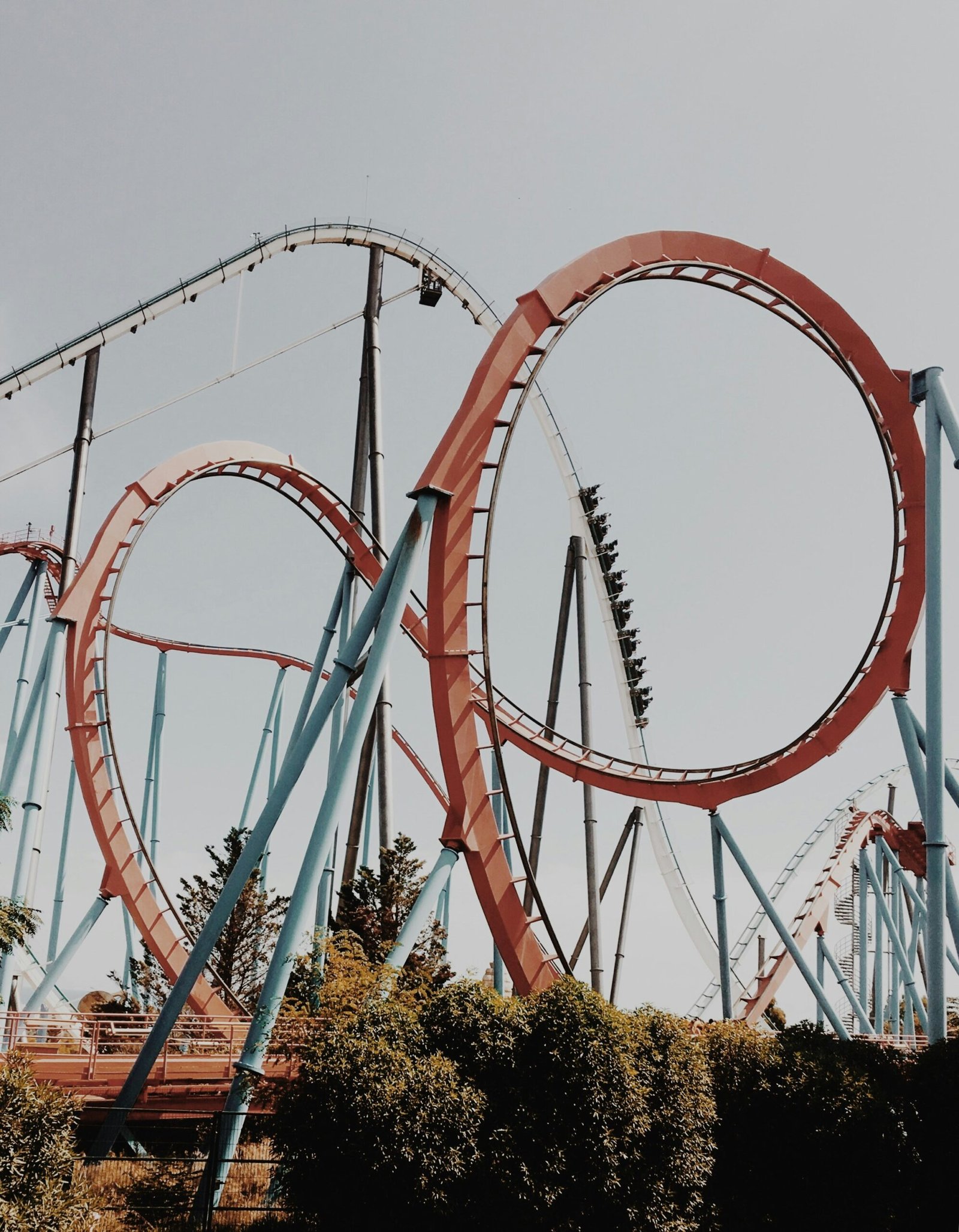In today’s rapidly evolving world, where technology and innovation shape our daily lives, preparing children for the future is more important than ever. As parents, we strive to equip our kids with the skills they need to succeed. While academic achievement is often the focus, it’s essential to remember that learning doesn’t just happen in the classroom. Playtime is a powerful and often underappreciated avenue for education, particularly when it comes to STEAM (Science, Technology, Engineering, Art, and Math) learning. One of the most effective and enjoyable ways to foster these skills is through building roller coasters.
The Educational Benefits of Play
Play is a fundamental aspect of childhood, but it’s not just about having fun. Research shows that play is crucial for cognitive, social, and emotional development. When children engage in play, they’re not just entertaining themselves—they’re exploring the world around them, developing problem-solving skills, and learning to think creatively.
For parents, encouraging play that has an educational component can be a game-changer. This is where STEAM-focused toys, like roller coaster building sets, come into play. These toys offer a unique blend of fun and learning, providing children with an opportunity to develop critical thinking and hands-on skills while they play.

How Building Roller Coasters Enhances STEAM Learning
Building roller coasters is a multifaceted activity that touches on all aspects of STEAM education:
- Science: Roller coaster building introduces children to basic physics concepts such as gravity, inertia, and kinetic energy. As they construct and test their designs, they learn about how these forces interact to make their coaster work. This hands-on experience with scientific principles can spark a lasting interest in the sciences.
- Technology: In today’s tech-driven world, understanding the basics of technology is crucial. Building roller coasters involves using various tools and components, which helps children develop a practical understanding of how technology works. This can be the first step toward a future interest in engineering or tech-related fields.
- Engineering: Perhaps the most obvious connection to STEAM is the engineering aspect. Designing a roller coaster requires children to think like engineers—they must plan, design, build, and test their creations. This process teaches problem-solving, critical thinking, and perseverance, all of which are essential skills in engineering and beyond.
- Art: Creativity is a critical component of STEAM education, and building roller coasters is no exception. Kids can express their artistic side by designing visually appealing and imaginative coasters. This blend of creativity and technical skill fosters a holistic approach to learning that combines both art and science.
- Math: Math is an integral part of the design and construction process. From measuring and cutting pieces to calculating angles and forces, children use math in a practical, hands-on way. This makes math more engaging and relevant, helping to build confidence and competence in this critical subject.
The Role of Parents in STEAM Learning
As parents, your support and encouragement can make a significant difference in how your child engages with STEAM learning. Here are some tips on how you can motivate your child to play and learn with roller coaster building sets:
- Create a Playful Environment: Designate a space where your child can freely explore and build without worrying about making a mess. A dedicated play area with all the tools and materials they need will encourage them to spend more time experimenting and creating.
- Join the Fun: Get involved in the building process. Not only does this provide an opportunity for quality time together, but it also allows you to guide and encourage your child’s learning. You don’t need to be an expert—just being there to ask questions and offer support can make a big difference.
- Celebrate Successes and Failures: Building roller coasters is a trial-and-error process. Encourage your child to see failures as learning opportunities and celebrate their successes, no matter how small. This will help them develop resilience and a growth mindset.
- Incorporate Challenges: Introduce new challenges to keep your child engaged. Ask them to build a coaster that can carry a heavier load or one that goes through multiple loops. These challenges will push them to think critically and come up with innovative solutions.
- Connect to Real-World Concepts: Help your child see the connection between their play and the real world. For example, you can talk about how engineers design real roller coasters or how the principles they’re learning apply to other areas of life, such as car design or space exploration.
Why STEAM Learning Through Play Matters
Incorporating STEAM learning into playtime isn’t just about preparing your child for future academic success—it’s about equipping them with the skills they need to navigate the world. The ability to think critically, solve problems, and approach challenges creatively are invaluable life skills that will serve them well in any field they choose.
Roller coaster building sets are more than just toys; they’re tools for developing the next generation of thinkers, creators, and innovators. By encouraging your child to play and learn with these sets, you’re helping them build a strong foundation in STEAM subjects while nurturing their curiosity and love of learning.
The power of play in enhancing STEAM learning cannot be overstated. As parents, you have the opportunity to turn playtime into a valuable educational experience that will benefit your child for years to come. By introducing them to roller coaster building, you’re not just giving them a toy—you’re providing them with a gateway to a world of knowledge, creativity, and endless possibilities.
Encourage your child to build, explore, and discover. The skills they develop today will shape the innovators of tomorrow.
